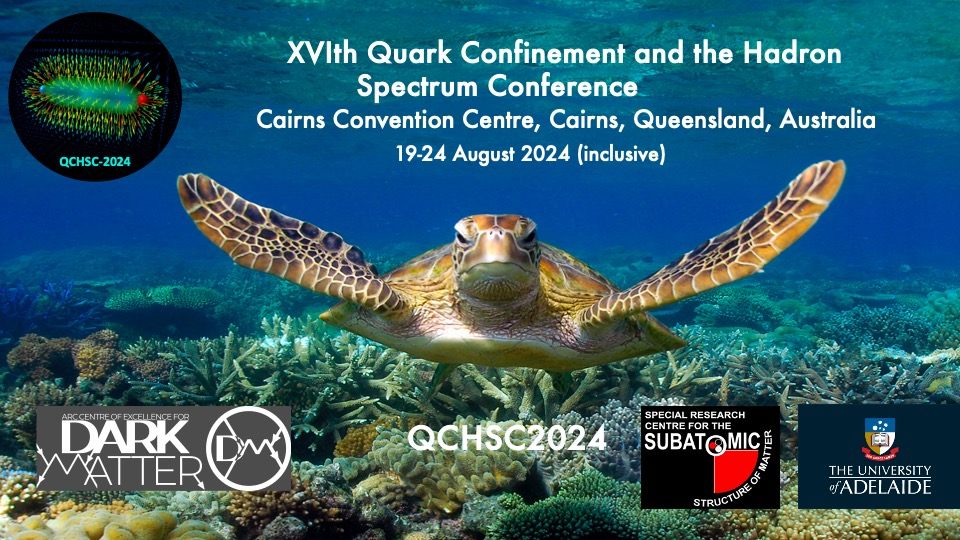Speaker
Description
Recent measurements of polarization phenomena in relativistic heavy ion collisions have aroused a great interest in understanding dynamical spin evolution of the QCD matter. In particular, the spin alignment signature of $J/\psi$ has been recently observed in Pb-Pb collisions at LHC, which may infer nontrivial spin transport of quarkonia in quark gluon plasmas. Consequently, we study the spin-dependent in-medium dynamics of quarkonia by using the potential nonrelativistic QCD (pNRQCD) and the open quantum system framework. By considering the Markovian condition and applying the Wigner transformation upon the diagonal spin components of the quarkonium density matrix with the semiclassical expansion, we systematically derive the Boltzmann transport equation for quarkonia with polarization dependence in the quantum optical limit. Unlike the spin-independent collision terms governed by certain chromoelectric field correlators, new gauge invariant correlators of chromomagnetic fields determine the recombination and dissociation terms with polarization dependence at the order we are working. We also derive a Lindblad equation describing the in-medium transitions between spin-singlet and spin-triplet heavy quark-antiquark pairs in the quantum Brownian motion limit. The Lindblad equation is governed by new transport coefficients defined in terms of the chromomagnetic field correlators. Our formalism is generic and valid for both weakly-coupled and strongly-coupled quark gluon plasmas. It can be further applied to study spin alignment of vector quarkonia in heavy ion collisions.
